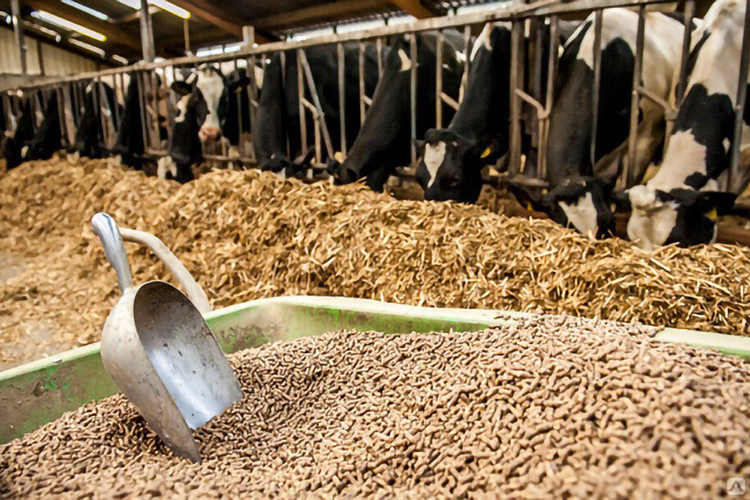Due to the Novel Coronavirus (COVID-19), livestock and poultry are out of grain due to city closures and road closures, which have also caused great difficulties for the production and processing of feed manufacturers. Over fifty countries had declared a national emergency to combat coronavirus. With cases spreading, and the epicentre of the outbreak shifting to Europe, North America, India and Latin America, life in these regions has been upended the way it had been in Asia earlier in the developing crisis. COVID-19 continues to spread and large parts of the world are under lock-down, meat, dairy, and egg producers are working hard to maintain production in the face of many uncertainties.
As regards cattle feed, the production has been very much influenced by the closure of the hotel, restaurant and catering sectors, which cut demand for meat, especially veal, and beef, along with dairy products such as cheese.

The new crown epidemic has caused many production and transportation interruptions in China, and the global supply of vitamins, threonine and lysine and other ingredients and fertilizers mostly come from China. According to the report, these developments will drive up animal health and feed additive prices in 2020.
Animal producers are also worried about the impact of this epidemic on labor supply. Staff shortages due to disease, quarantine, childcare issues and seasonal labor mobility restrictions can have serious consequences, from lost productivity to major animal welfare challenges.
The company, Wuhan LANDMARK Industrial Co., Ltd., is a professional manufacturer of cinnamaldehyde which is used in animal feed to stimulate feed intake and digestion, improve body weight gain and offer healthy performance benefits. We are willing to work with our partners to tide over the hard times. With the recovery of consumer demand, the breeding industry and animal feed industry will also grow.

Comments
Post a Comment